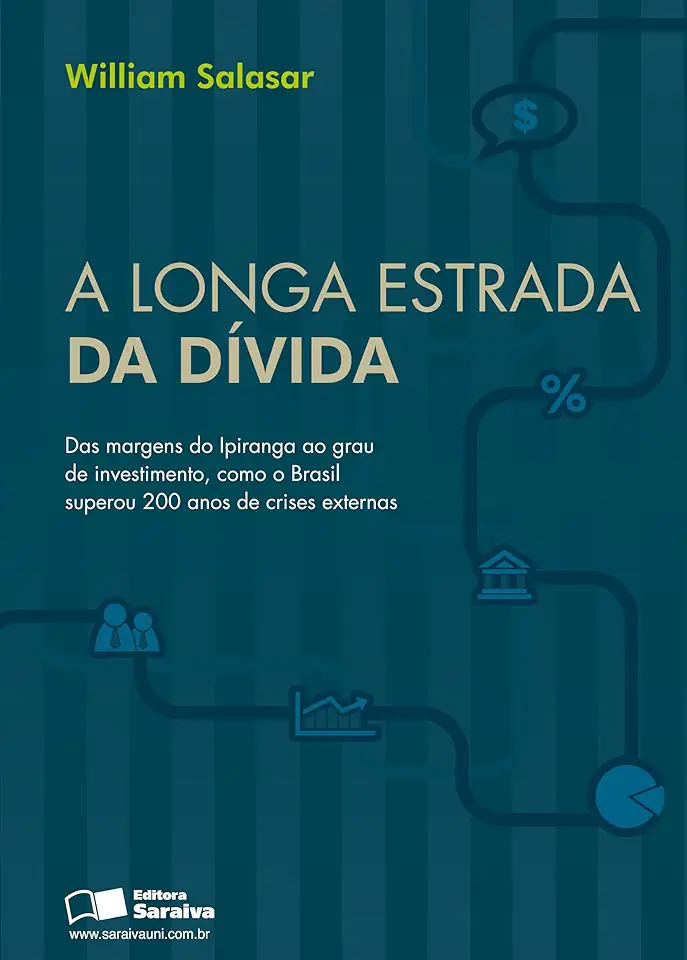
The Long Road to Debt - William Salasar
The Long Road to Debt: A Journey Through the History of Borrowing and Lending
Introduction
In his book "The Long Road to Debt," William Salasar takes readers on a journey through the history of borrowing and lending, from the earliest days of human civilization to the present day. Salasar argues that debt has played a central role in the development of human societies, and that it has both positive and negative consequences.
The Origins of Debt
The earliest evidence of debt dates back to the ancient Near East, where farmers would borrow grain from landowners in order to plant their crops. In return, the farmers would repay the loan with a share of their harvest. This system of debt-based agriculture allowed farmers to increase their productivity and improve their standard of living.
Over time, debt became increasingly common in other parts of the world. In ancient Greece and Rome, debt was used to finance wars, build public works, and support trade. In medieval Europe, debt was used to fund the Crusades and to support the rise of the merchant class.
The Rise of Consumer Debt
In the 19th and 20th centuries, consumer debt became increasingly common in the United States and other developed countries. This was due in part to the rise of the middle class, which had more disposable income to spend on goods and services. It was also due to the development of new credit instruments, such as credit cards and mortgages, which made it easier for people to borrow money.
The rise of consumer debt has had a profound impact on the American economy. It has allowed businesses to expand and create jobs, and it has helped to raise the standard of living for many Americans. However, it has also led to problems, such as over-indebtedness and bankruptcy.
The Future of Debt
Salasar argues that debt is here to stay, and that it will continue to play a central role in the global economy. However, he also believes that it is important to manage debt wisely in order to avoid the negative consequences.
Salasar concludes by offering a number of recommendations for how to manage debt wisely. These recommendations include:
- Borrow only what you can afford to repay.
- Make sure you understand the terms of your loan before you sign anything.
- Pay your debts on time and in full.
- Avoid taking on too much debt.
- Get help if you are struggling to repay your debts.
Conclusion
"The Long Road to Debt" is a comprehensive and well-researched history of borrowing and lending. Salasar provides a balanced and objective account of the role that debt has played in human societies, and he offers a number of valuable recommendations for how to manage debt wisely. This book is a must-read for anyone who wants to understand the history of debt and its impact on the global economy.
Call to Action
If you are interested in learning more about the history of debt, I encourage you to read "The Long Road to Debt" by William Salasar. This book is available in hardcover, paperback, and audiobook formats. You can also find it at your local library.
Enjoyed the summary? Discover all the details and take your reading to the next level — [click here to view the book on Amazon!]